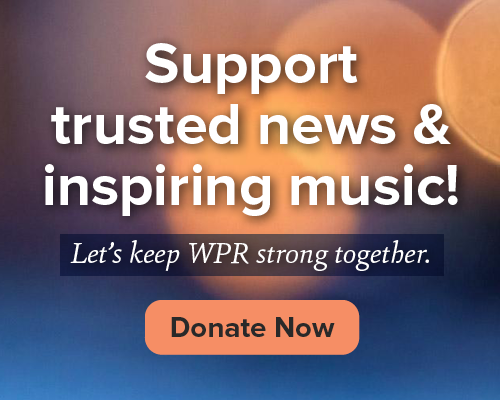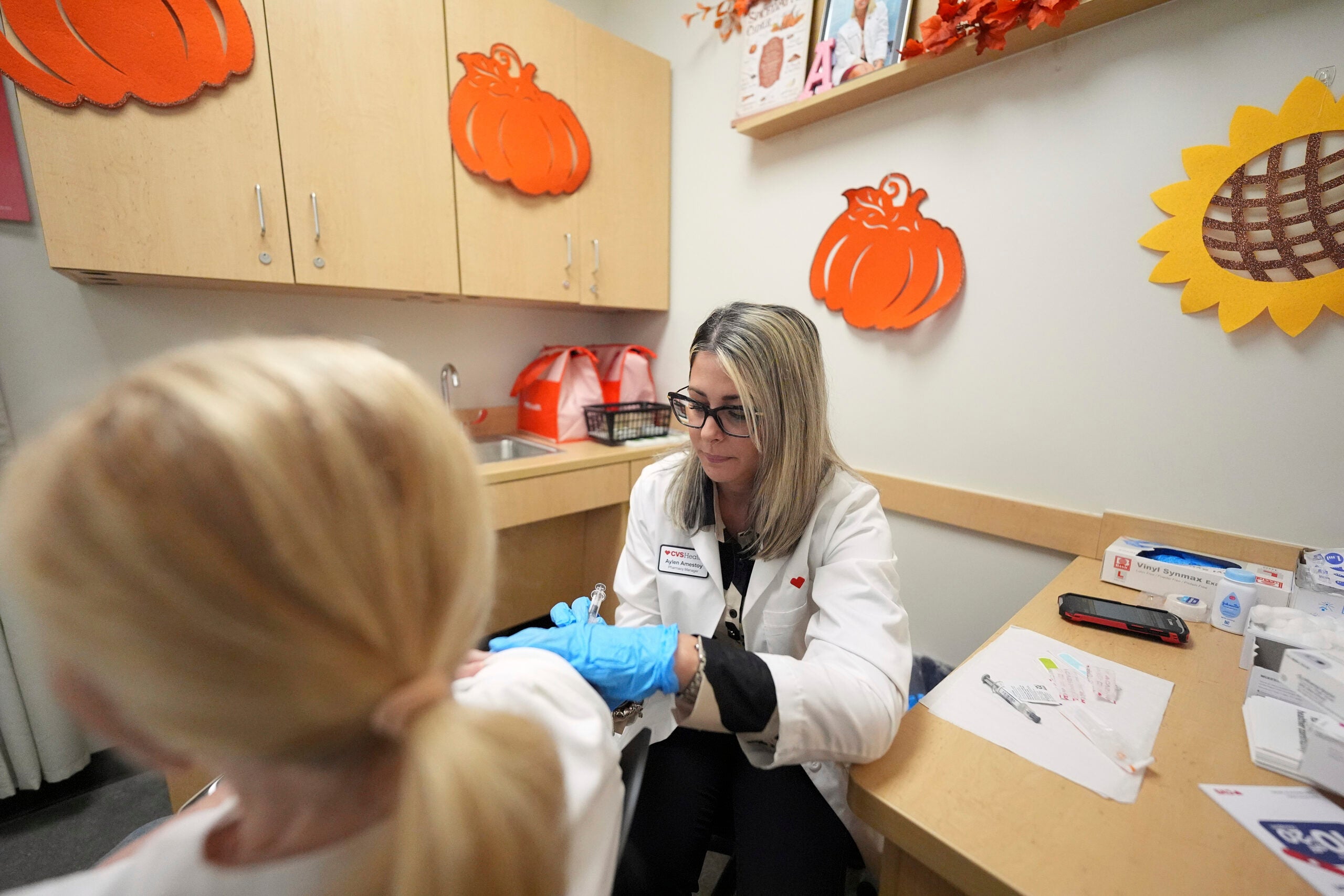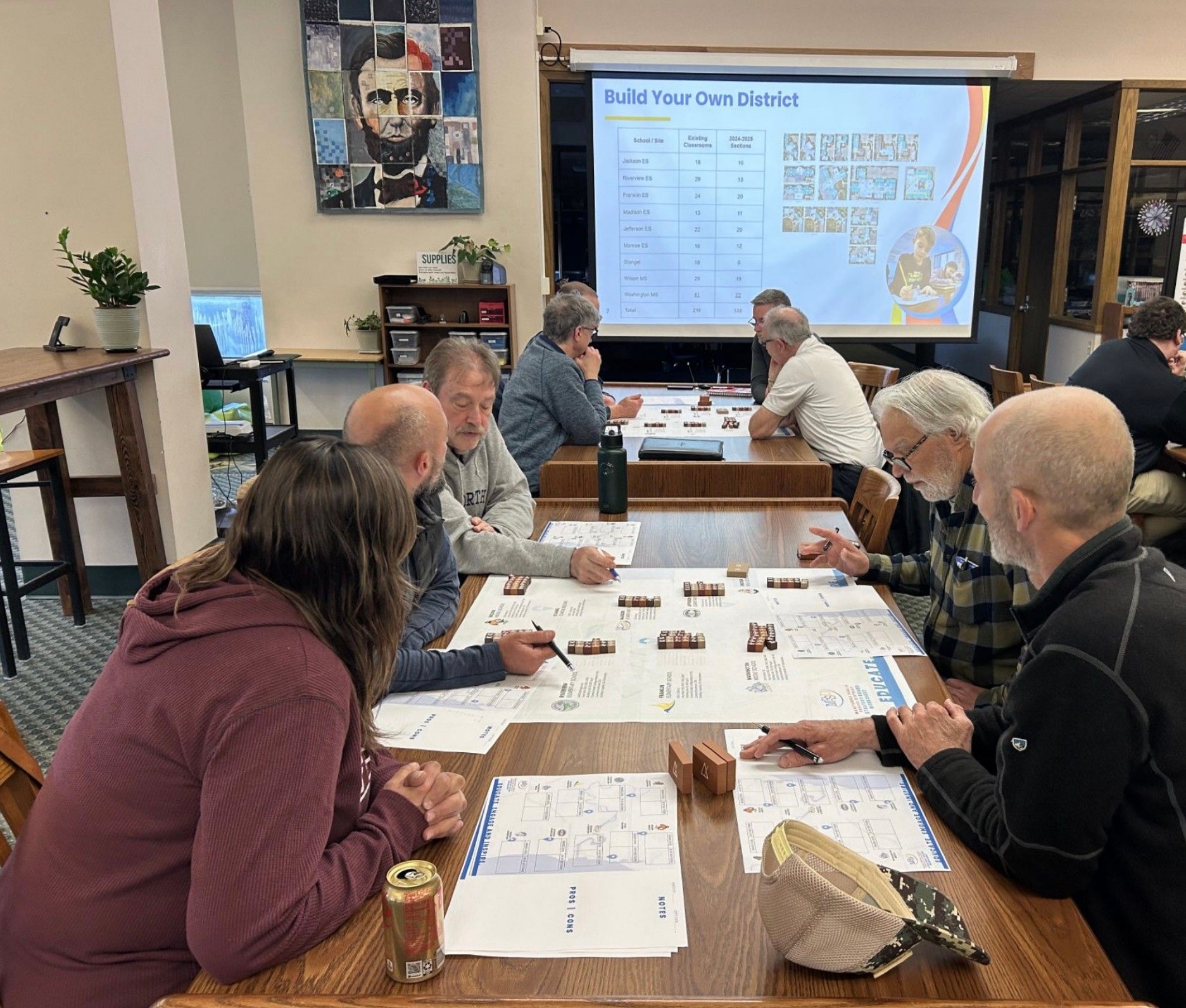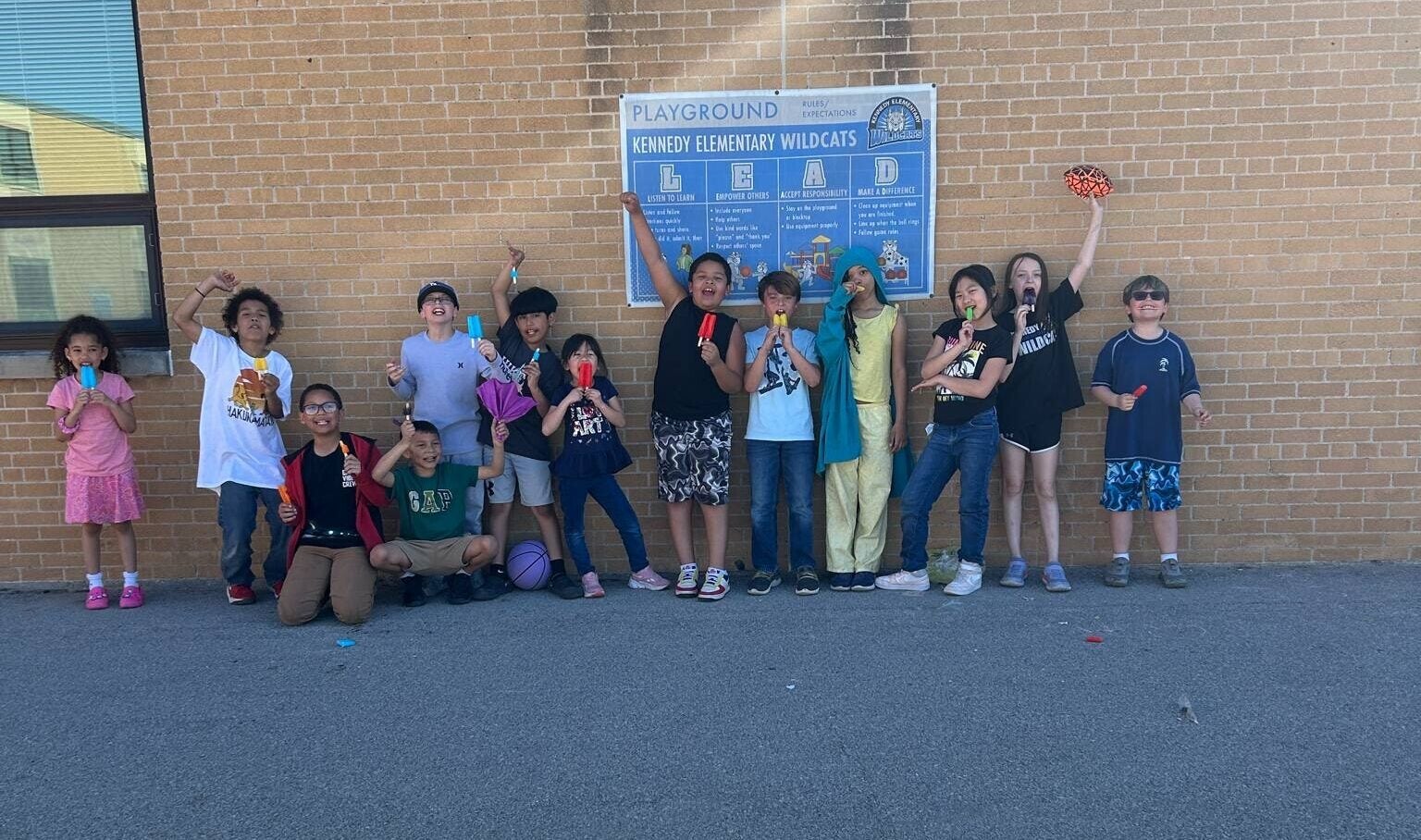With the start of the school year less than two weeks away for most Wisconsin schools, many districts are finalizing their plans for an unusual fall.
Since the Department of Public Instruction released its 87-page guidance document for schools drafting COVID-19 reopening plans, most districts have come up with several options for the start of the school year, ranging from entirely in-person to all-virtual.
The state’s two largest districts, the Madison Metropolitan School District and Milwaukee Public Schools, announced their intention to start virtual several weeks ago. Now, many smaller districts have followed suit.
News with a little more humanity
WPR’s “Wisconsin Today” newsletter keeps you connected to the state you love without feeling overwhelmed. No paywall. No agenda. No corporate filter.
Wausau Superintendent Keith Hilts acknowledged he’s gotten pushback from families about his district’s plans for a virtual fall, but said it was the best of several bad options given the spread of COVID-19 in the state.
“In this situation, we have found there is no best solution, there are no good options,” he told WPR’s “The Morning Show”. “We opted to go for the safest decision in terms of the interests of our students, our staff, and frankly our community.”
He said the district is looking into providing or partnering with other community organizations to provide a daycare-like setup, so families with adults who need to work don’t have to make the impossible choice between leaving their job or leaving their kids unsupervised.
Other districts that are opting for fully virtual returns are similarly trying to work out childcare options — both for the families enrolled in their schools and for teachers, many of whom are juggling their students’ needs alongside their own kids’ schooling. MPS is leaning on Milwaukee Recreation, which ordinarily runs after-school and summer programs, to help the district provide spaces where students can log into their virtual classes.
The Green Bay Area Public Schools Board of Education voted Monday night to start the school year virtually, after a nearly four-hour public listening session the night before.
Superintendent Stephen Murley, who took the helm of GBAPS at the beginning of July, said the ultimate goal is in-person instruction.
“We remain hopeful that this is a short-term solution, and we have the opportunity to transition back to a blended learning platform and eventually to an on-site learning platform,” Murley told board members on Monday.
Experts in child development, as well as the American Academy of Pediatrics, have emphasized the importance of in-person schooling for kids’ mental, emotional and social well-being, as well as easier access to free and reduced lunches for low-income kids and the kind of regular contact with school officials that can make it easier to spot child abuse and other problems at home.
However, many have also noted that it’s impossible to separate the school systems from their communities. If an area has a lot of COVID-19 cases, it’s impossible to completely shelter students, staff and faculty from possible exposure, and if a school has an outbreak, it’s bound to affect the community as a whole.
Some smaller districts do plan to start the school year with in-person classes. The Wrightstown Community School District, Neenah Joint District and School District of Osceola have opted to bring kids back into school buildings, though they’re allowing parents to keep their kids home and continue with a virtual option if they need it.
Some virtual charter schools and contractors that help districts develop virtual curricula have seen a spike in demand as parents and administrators settle in for a year marked by COVID-19.
Navigating a global pandemic has meant contending with many more variables than they do with typical back-to-school planning.
John Heckenlively, a Racine Unified School District board member who contracted COVID-19 in the spring, said with the disease’s spread throughout the summer, board members ultimately decided there was no safe way to begin the school year in person.
“The first and foremost consideration has always been public health. Ever since this began back in March, we’ve always based these decisions on what the public health authority said was the best course,” he said. “Right now, it’s going to be impossible to safely return to schools in September.”
Wisconsin Public Radio, © Copyright 2025, Board of Regents of the University of Wisconsin System and Wisconsin Educational Communications Board.







